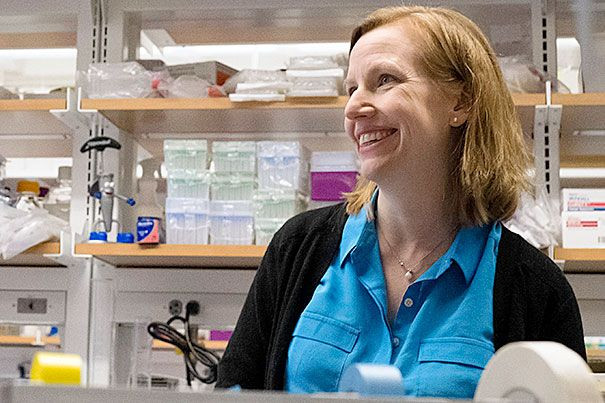Cancer Stem Cells Remodel Bone Marrow In Order To Spread Disease; Findings A Testament To Scientific Partnerships

Amy Wagers is now a professor at Harvard's Department of Stem Cell and Regenerative Biology, but she was a postdoctoral fellow at Stanford when she initially discussed theories about leukemia with Emmanuelle Passegué, who is now also a professor on the opposite coast — at Eli and Edythe Broad Center of Regeneration Medicine and Stem Cell Research at University of California, San Francisco. The two researchers collaborated for nearly a decade to understand why people with leukemia were unable to produce healthy blood cells.
Cancer Stem Cells & The Bone Marrow Environment
Their study, which was recently published in Cell Stem Cell, showed that cancer stem cells rebuild or "remodel" the bone marrow environment in order to make it more hospitable to cancerous cells.
Typically, leukemia cells aren't as effective as regular healthy blood cells in growing in bone marrow. In order to increase their chances for growth, the cancerous cells find ways to scar the bone marrow cavity. The scarring of the bone marrow, or "fibrosis," occurs when the diseased cells are able to trigger bone marrow-maintenance cells to release collagen and inflammatory proteins into the bone marrow niche.
"They remodel the microenvironment so that it is basically callous, kicking the normal stem cells out of the bone marrow and encouraging the production of even more leukemic cells," Passegué told the Harvard Gazette.
Scientific Partnership Pays Off
Since 2005, Passegué and Wagers stayed in contact with each other, regrouping in annual meetings where junior investigators at the Harvard Stem Cell Institute (HSCI) and California Institute for Regenerative Medicine (CIRM) discussed strictly unpublished work. The second time the two researchers met, they discussed Wagers' work that involved a cell isolation approach. As their collaborative effort developed in subsequent years, they exchanged theories, researchers, and chemical reagents. Passegué described Wagers as being the "creative spirit" behind the work.
Passegué's goal now is to understand how the bone-marrow maintenance cells are manipulated by cancer cells to change the bone marrow environment into one that is detrimental to normal cells but suitable for diseased cells. She hopes this will shed some light onto why 75 percent of bone marrow transplants don't work.
The two researchers believe the success of their study shows that the ability to collaborate and exchange ideas, despite being on opposite coasts of the U.S., is hugely important in science. "Both HSCI and CIRM understand the importance of fostering the open communication and collaboration that drives innovation in science," Wagers said.



























